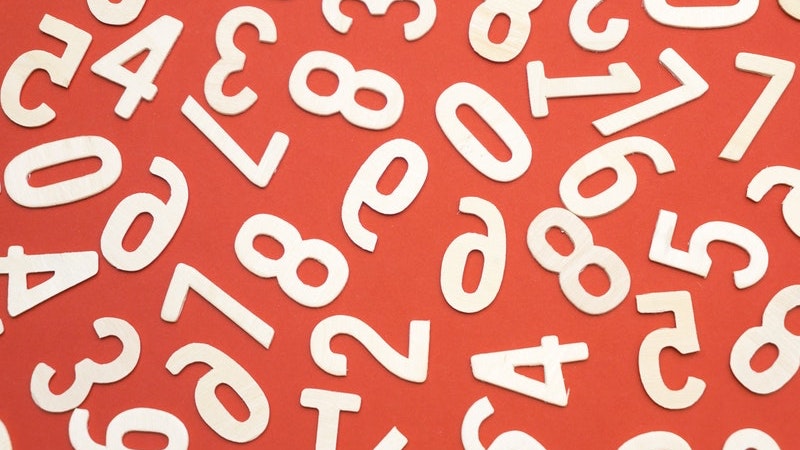Division
Episode #7 of the course Everyday math by Jenn Schilling
We are devoting an entire lesson to division because many people find division challenging, and division is a useful technique to know whenever you want to split something into equal parts. Division is also helpful for budgeting and personal finance—two useful concepts to understand!
The Math
Division is the opposite of multiplying, and it involves splitting a quantity into equal parts. In division, there are two numbers: the dividend and the divisor. The dividend is the number being divided, and the divisor is the number doing the dividing. The quotient is the answer to the division problem. For example, in this division problem, 20 ÷ 5 = 4, 20 is the dividend, 5 is the divisor, and 4 is the quotient.
When dividing, it helps to think about equal groups. For example, in the problem above, say that we have 20 pencils that we want to split among 5 people. We need to figure out how to divide up the pencils equally among the 5 people, and by doing the division problem, we find that each person should get 4 pencils.
Division problems do not always work out evenly; for example, if we had 19 pencils to split equally among 5 people, we would end up with pencils left over. The number left over is called the remainder. Using our number sense, we could make this problem simpler by finding the closest multiple of 5 that is less than 19; this would give us 15. We know that 15 divided by 5 is 3, so each person would get 3 pencils, and then we would have 19 – 15 = 4 pencils left over.
Everyday Applications
Division is seen any time we want to break things apart or put things in equal groups. Whenever food (or another item) is split into portions, we are dividing! For example, if we have 5 brownies that we want to share equally between 3 friends, we need to solve a division problem. There are multiple ways to solve this problem, but we could start by giving each person a brownie. This would leave us with 2 brownies to split between the 3 people. We could then cut each brownie into thirds and give each person two pieces. So, everyone would get 1 whole brownie and 2/3 of a brownie.
Another place we use division is when dealing with money. If a group of people goes out to eat at a restaurant, then they might need to split the final check between themselves in order to make sure each person pays for their fair share of the meal. Division is the key to solving these problems!
Budgeting and personal finance also involve division. A key component to budgeting is to split a total amount into categories of spending. For example, if you set a budget of $75 for spending on a birthday party, you would want to determine how to divide up that $75 between decorations, invitations, party games/activities, and food. In personal finance, it is important to understand how your monthly income is split up into monthly expenses, such as rent or a mortgage, utility bills, groceries, shopping, etc. Division is key to this breakdown.
See you tomorrow for a discussion about linear relationships!
Share with friends

